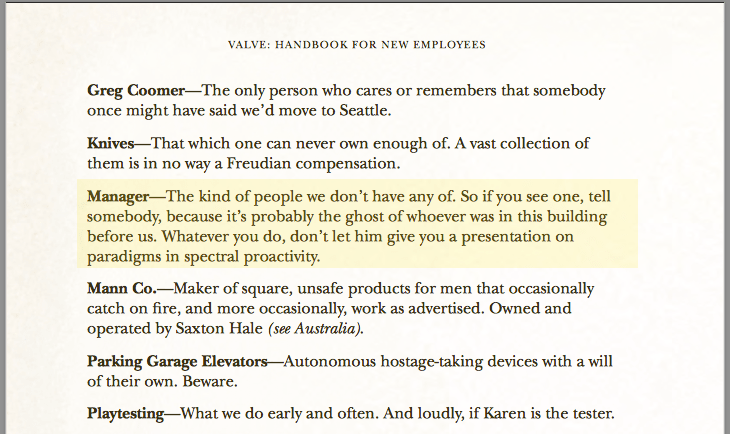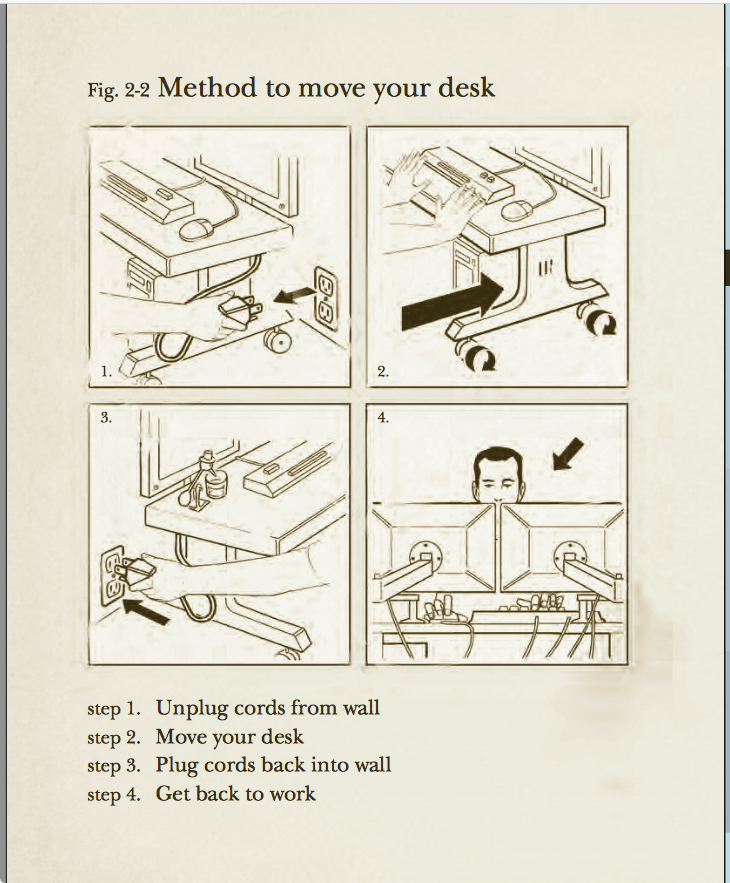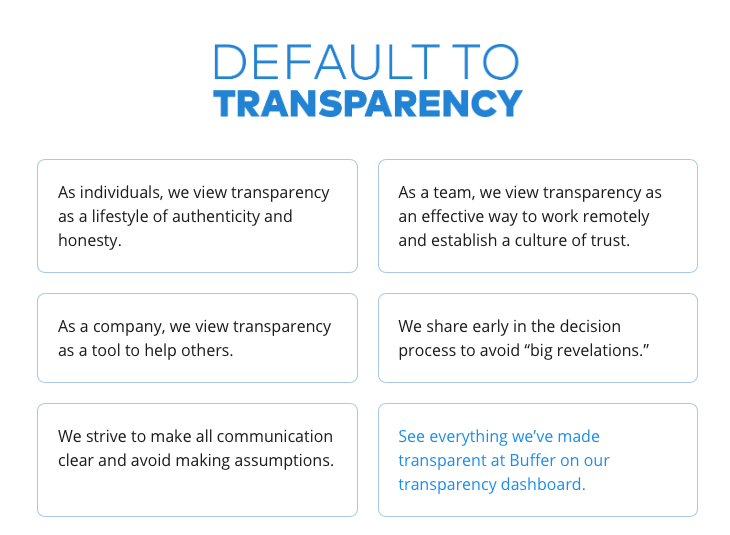IT companies with “flat” structures: utopia or innovative approach?

It’s a trend for IT companies to go “flat” these days. With so many thought pieces and studies on employee empowerment and self-organization out there, it’s tempting for some CEOs to give it a try.
What is a “flat” organization?
A “flat” organization is a distributed management system where no one is the boss and employees can make impactful decisions at all levels. Other typical characteristics of such organizations are transparency, continuous feedback, and “fluidity” – grouping task forces around current problems rather than having fixed teams.
There are different versions of “flat” organizational structures.
Holacracy. The Holacracy framework serves as a kind of “operating system” that underpins an org. The gist of it is that Holacracy promotes transparency and self-management without leaving structure to chance. It codifies structure and processes in the Holacracy Constitution, of which they are multiple versions. Companies can upgrade to the latest available version (as of now, it’s version 4.1) as they see fit.
Teal organizations. The concept of Teal organizations was introduced by Frédéric Laloux in his book Reinventing Organizations. A Teal organization is an emerging paradigm that transcends the limitations of the preceding structures: Amber, Orange, and Green organizations. Laloux argues that pyramid-like hierarchies become inefficient once they reach a certain level of complexity. He gives the example of city traffic, brain cells, and forests as self-organizing systems. A Teal company is a “complex, adaptive system,” characterized by self-management, wholeness, and an evolutionary purpose of its own.
“Flat” IT organizations
Of course, some companies have been willing to experiment with “flat” structures. Let’s take a look at some examples from the IT industry.
Valve
Framework – Valve’s own a.k.a. “Flatland”

Valve is the developer behind Half-Life, Counter-Strike, and other well-known video game titles. Right from the start, Valve wanted innovators and independent thinkers on board, so it chose to have a flat organizational structure since its very inception.
Company structure
Valve’s About page says “Boss-free since 1996.” And you won’t find any job titles there – only lists of names sorted by alphabet. The page is broken into Art, Software, HR, and other sections that give you an idea of what these people do in the organization. But that’s about it.
How they organize work
Anyone at Valve can join any project (they even have movable desks for that!) or kick off their own project and gather a team for it. Some people can emerge as project leads, but their role is not that of a traditional manager. Project leads are there to keep project data in their head and to be a source of information.

How they measure impact
Once a year, Valve does peer reviews. A set of people interviews everyone in the company, and anonymized feedback is then delivered to each employee. The purpose of these reviews is to help employees grow and better themselves. Valve also has a so-called “stack ranking” system, where they ask employees to rank their peers for parameters such as skill level, productivity, group contribution, and product contribution. These rankings are then used to adjust employees’ compensations based on the actual value they deliver.
The outcomes
Valve’s system has been functioning for decades, and the company is still alive and kicking. At the same time, Valve’s org structure may be not to everyone’s liking and has attracted some criticism. In 2013, ex-employee Jeri Ellsworth called Valve a “pseudo-flat structure,” adding that “there is actually a hidden layer of powerful management structure in the company, and it felt a lot like high school. There are popular kids that have acquired power in the company, then there’s the trouble makers, and everyone in between.”
Zappos
Framework – Holacracy, Teal
Zappos is an online shoe and clothes retailer founded in 1999. In 2009, it was acquired by Amazon. Zappos started looking in the direction of Holacracy in October 2012 and still runs its company according to many of its principles. A few years ago, Zappos CEO said Teal was “the next logical step,” and people who weren’t ready to commit could leave with a generous severance.
Company structure
Zappos abolished job titles in 2013, but it still uses them externally to communicate to the outside world. Instead of traditional managers that are both domain experts and people managers, Zappos now has two separate roles: line leads (that organize work in projects) and people managers (they help employees find works that fits their calling and abilities). However, now that the company is taking Holacracy further, attempting to turn it into a Teal org, people manager roles have been abolished, as well.
How they organize work
Holacracy is a circles-within-circles structure. At Zappos, they have the “instrumentarium” for showing what needs to be done, helping employees prioritize tasks and measure impact. Meetings happen when they need to. Task groups are self-organizing and free to establish their own processes and let these evolve.
How they measure impact
At Zappos, salaries are not tied to performance or one’s impact on the financial bottom line. Employees can earn “badges” for the skills they possess or develop, such as a Front-End Development badge or a Web Design badge. Besides, everyone has 100 people points to spend however they wish – on whichever project they want. Some people call out the drawbacks in this system, which is not knowing if the line lead will approve your points and whether you will be paid the minimum you expect to be paid.
The outcomes
As for the outcomes, opinions split. Some employees say they “can’t imagine themselves going back to traditional hierarchy anymore.” Others complain that their meetings have become too rigid and that the compensation system makes them anxious and insecure about the future.
Buffer
Framework – Teal

Buffer is the company behind popular social media management tools by the same name. Once, Buffer’s founder went to a conference where they learned how Zappos was running their org. Afterwards, they also read Reinventing Organizations by Frédéric Laloux, which inspired them to move to a flat management structure.
Company structure
When Buffer set out to transform their company in 2015, they got rid of management roles and propagated the “bring your whole self” mindset. The “wholeness” mentality means every employee is not just a role they fit, but a complex human being that’s a product of many things – including the things that happen outside of work. People are encouraged to talk about their families, pets, hobbies, and other things that make up their “whole” lives.
How they organize work
Buffer wanted to move away from long-term goals and static teams to short-term goals and fluid task forces organized around specific problems. Anyone could create a task force to lead. A given employee could be a member of 3-5 task forces. Hierarchies were expected to rise and fall as needed, in a fluid kind of way.
How they measure impact
Employees had the freedom to choose their own pay and could opt to have a portion of their salary paid in Bitcoin. One extraordinary thing is those data were public, and people pushed to deliver on their promises.
The outcomes
There were no job titles or official mentoring/coaching, as this would result in a hierarchy. They also practiced living without measuring any marketing metrics or pursuing specific goals/marks. This left people disoriented in an environment where “a given action was as good as any other.” So, they went back to tracking metrics and pinning actions to outcomes.
Then Buffer made a new mission statement in 2016, saying it would “create space to build a uniquely empowering company culture … by investing in creativity, learning, innovation, and joy at work.” While this sounds not as ambitious as the previous plan, it may be more realistically attainable.
In conclusion
As radical as the idea of having a “flat” organizational structure may seem, some companies have experimented with it with mixed results. The founder of the Holacracy system says it takes about 5 years or more for the methodology to sink in and to start bringing results. At the same time, some find the method too complex to learn on top of learning how to do their actual job.
Whether flat management paradigms of other types will emerge and proliferate in the future remains to be seen.
Related Blogs

Are you a startup? Here’s where you can look for tech talent
LEARN MORE